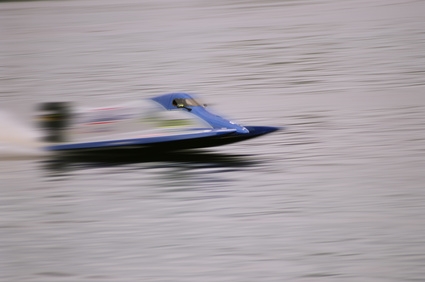
Many marine engines come out of the same factory as their street engine counterparts. Differences are primarily external, but purpose-built marine engines have a number of refinements for their assigned duties.
The primary difference between car and boat (marine) engines is that marine engines have sealed fuel and ignition systems. These features prevent fuel vapor buildup in the engine compartment from being ignited by stray ignition sparks.
Marine engines are almost invariably based on heavy-duty, iron truck blocks with a lot of internal reinforcement and four or six bolt main caps. Marine engines need to be stronger because they must sustain high stress levels for long periods of time.
Purpose-built marine engines usually have larger cooling passages than their land-based counterparts, which may or may not be coated with a corrosion-resistant compound.
Many people "marinize" (make marine engines from non-marine engines) their engine of choice by installing corrosion-inhibiting freeze plugs and the associated safety equipment.
Speedboat designer Eugenio Molinari once held the world record for highest speed attained in a standing kilometer boat race. He piloted his Ferrari F430-powered speedboat to 123.3 miles per hour in July of 2007.